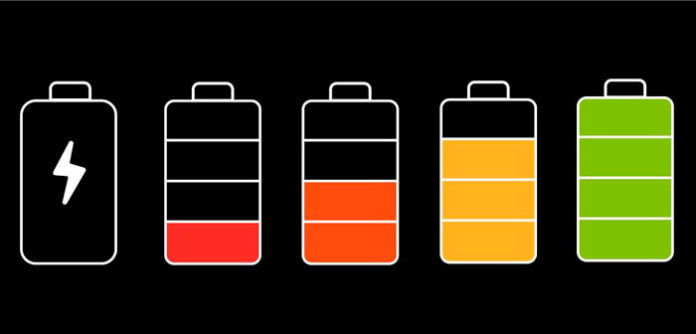A huge number of models of wearable electronics dramatically simplifies the life and work of a modern person. However, all gadgets require regular replenishment of energy. Engineers at the University of Colorado Boulder (USA) have developed a wrist ring system that directly provides electricity for wearable electronics from the user using thermoelectric generators (TEG). These devices are capable of directly converting the thermal energy of the human body into electricity.
Thus, the idea of the authors of “Matrix” is partially realized, when a person becomes a battery for cars. However, in reality, wearable gadgets, as well as devices of the “Internet of Things”, can receive only a small part of the energy of the human body – about 1V per square cm at a temperature difference of 95 K.
Developed in Colorado, the TEG also has a built-in film on the cold side, which provides increased performance when the gadget is exposed to the sun. This feature allows you to improve the charging efficiency during active sports and outdoor activities.
The generator ring is based on an elastic polyimine material as a substrate and a sheath for liquid metal electrical wiring connecting embedded modular thermoelectric chips. This TEG has excellent mechanical flexibility, so it can be worn on the human body to collect energy.
Studying and optimizing the TEG property and design concept developed in Colorado could ultimately lead to high-performance, adaptable, customizable, durable, cost-effective and environmentally friendly devices designed to produce next-generation energy with a wide range of uses.







